Keeping a home looking beautiful and organized takes more than just occasional cleaning. Small, regular actions help protect the interior and make daily chores easier. Simple home care routines can save time and keep the space comfortable and attractive all year round.
Many people find that staying on top of upkeep prevents bigger problems later. When furniture and surfaces are cared for, they last longer and keep their fresh look. Decluttering and smart storage also play a big role in maintaining order without feeling overwhelmed.
By following easy tips and making small changes, anyone can enjoy a tidy and well-maintained home. These habits create a pleasant space to live in and help avoid stress from unexpected messes or repairs.
Daily Routines for a Beautiful Interior
Keeping a home looking nice takes small actions every day. Simple habits like cleaning, organizing, and caring for surfaces can stop messes and damage before they start. This saves time later and keeps the space fresh and inviting.
Essential Cleaning Habits
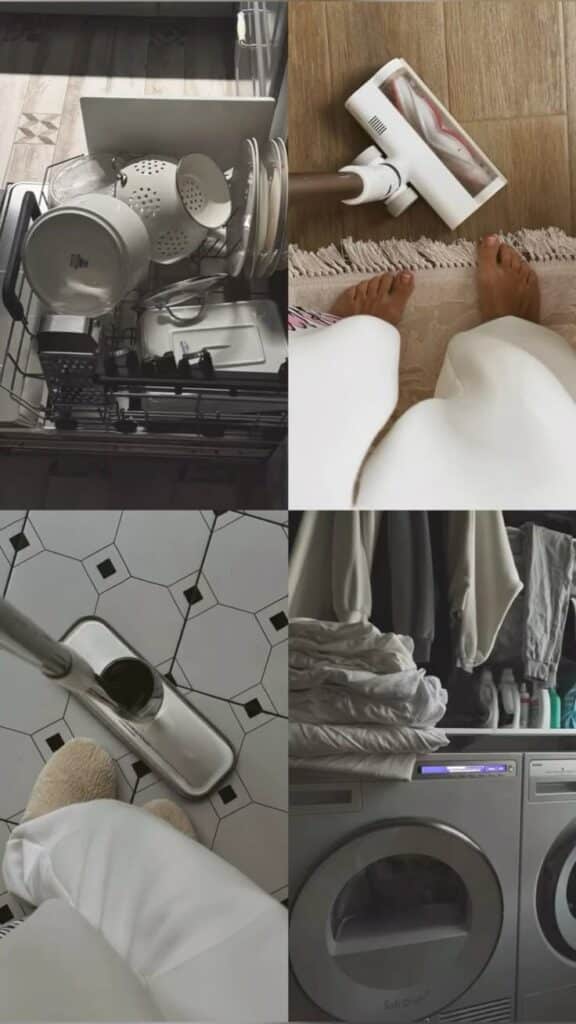
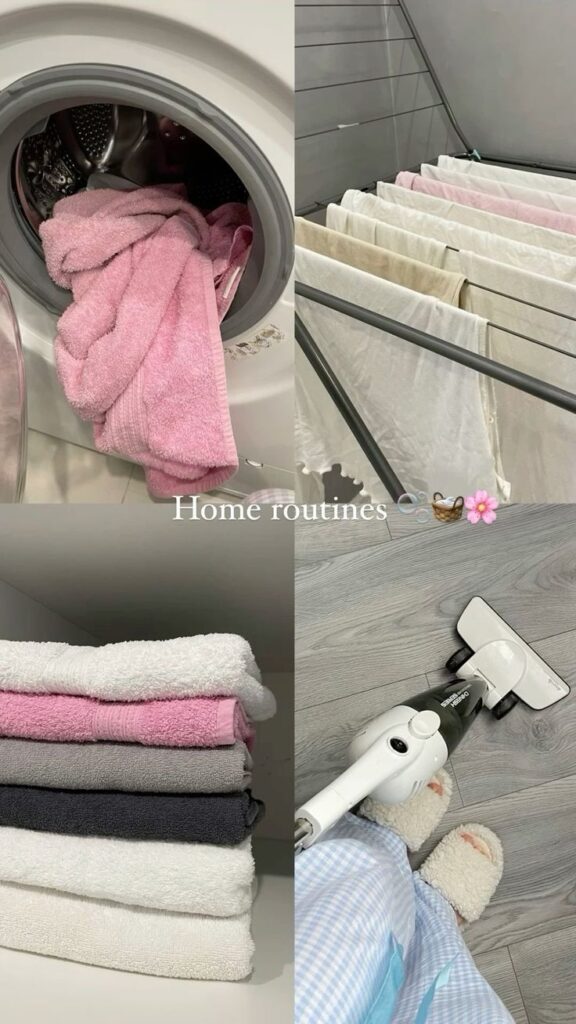
Daily cleaning should focus on high-traffic areas like kitchens and bathrooms. Wiping down counters and sinks stops grime buildup and germs. Sweeping floors or vacuuming helps catch dirt before it spreads.
Emptying trash bins each day prevents odors and clutter. Washing dishes or loading the dishwasher after meals keeps the kitchen tidy and ready for the next use.
Small tasks like making beds and putting laundry away can make a big difference in how orderly a home feels. These simple habits help maintain a clean environment without much effort.
Organizing Your Living Spaces
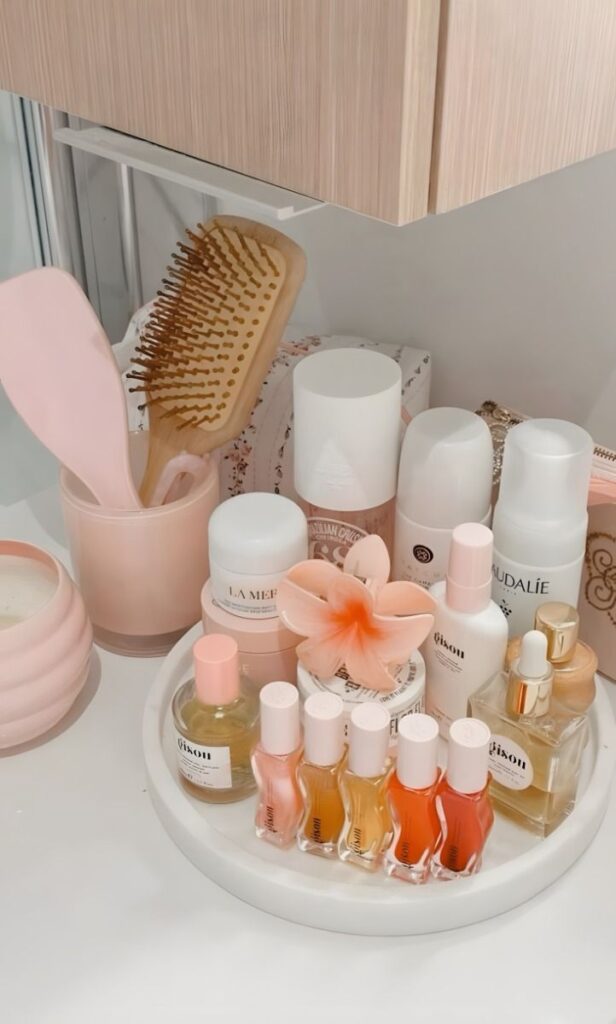
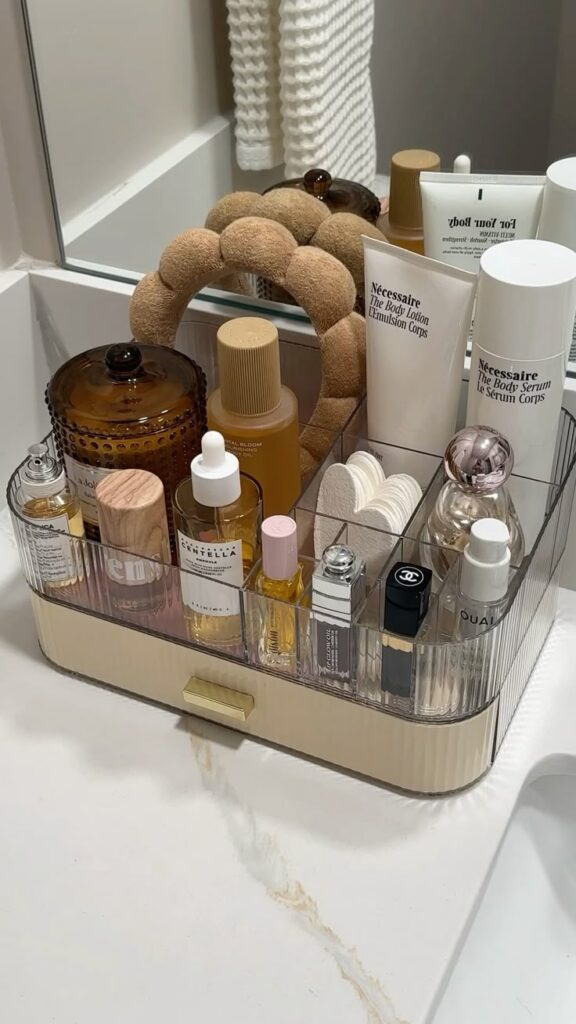
Keeping things in their places makes a home feel calm and spacious. Each day, putting away items like mail, toys, or shoes prevents clutter from growing.
Using baskets or bins for small items can keep surfaces clear and make cleaning faster. Labeling storage spots also helps everyone in the home find what they need and put things back properly.
A quick 5-minute tidying session at the end of the day can reduce mess buildup. This daily habit keeps living rooms, bedrooms, and entryways looking neat and welcoming.
Surface Care and Maintenance

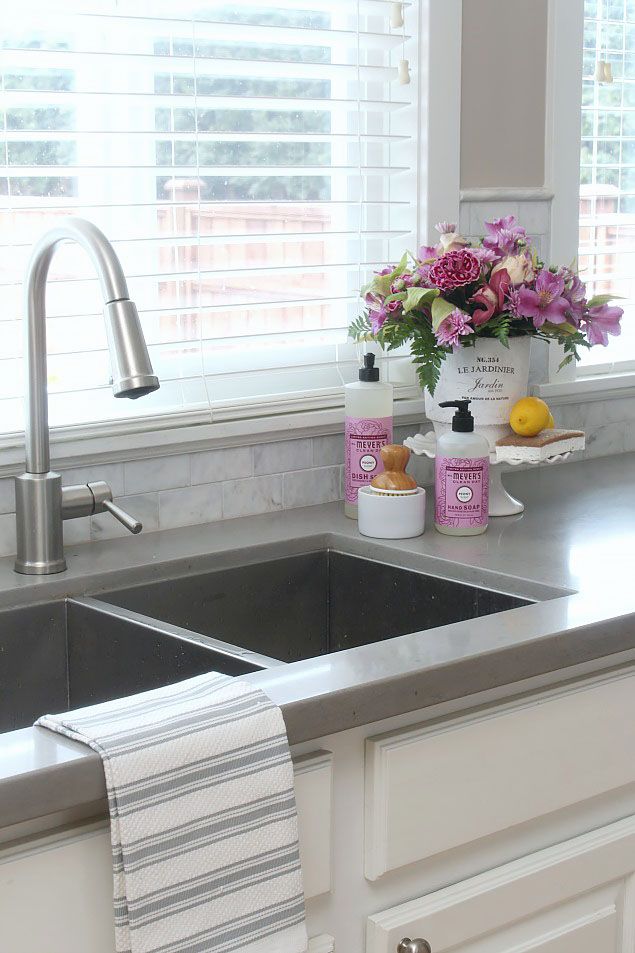
Daily care of surfaces extends their life and keeps them looking good. For wooden furniture, dusting with a soft cloth removes particles that can scratch the finish.


In the kitchen, wiping spills immediately prevents stains and damage to counters. For glass or mirrors, using a streak-free cleaner keeps them clear and shiny.
Keeping surfaces clean also helps avoid buildup of germs. A quick wipe with a disinfecting cloth on handles and switches is enough to maintain hygiene in busy areas.
Home Decor and Aesthetic Enhancements
A well-decorated home combines colors, accessories, and natural elements to create a welcoming and balanced space. Small decisions about color and decor can change how a room feels and looks. Using nature indoors adds freshness and calm.
Choosing the Right Color Schemes
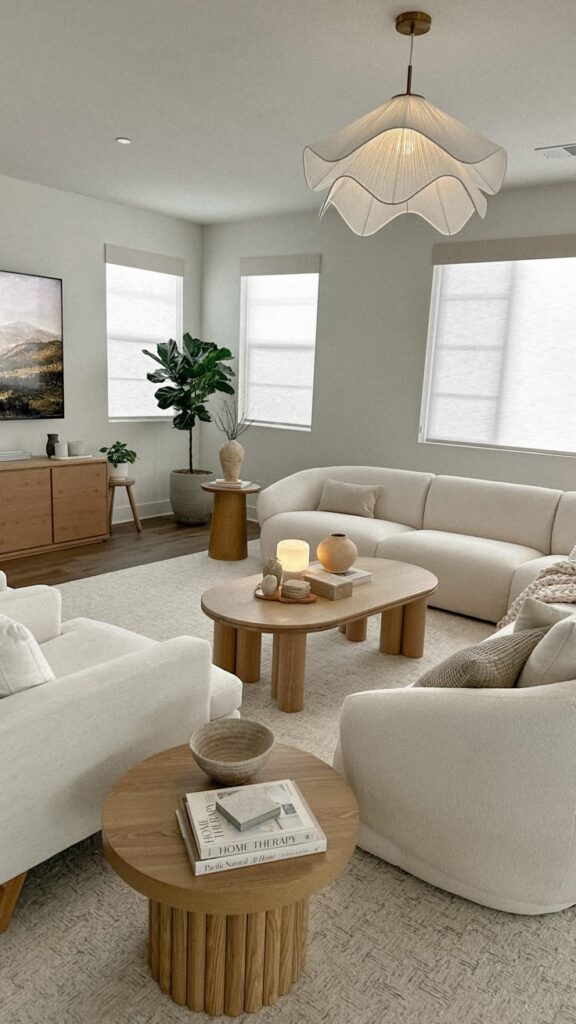
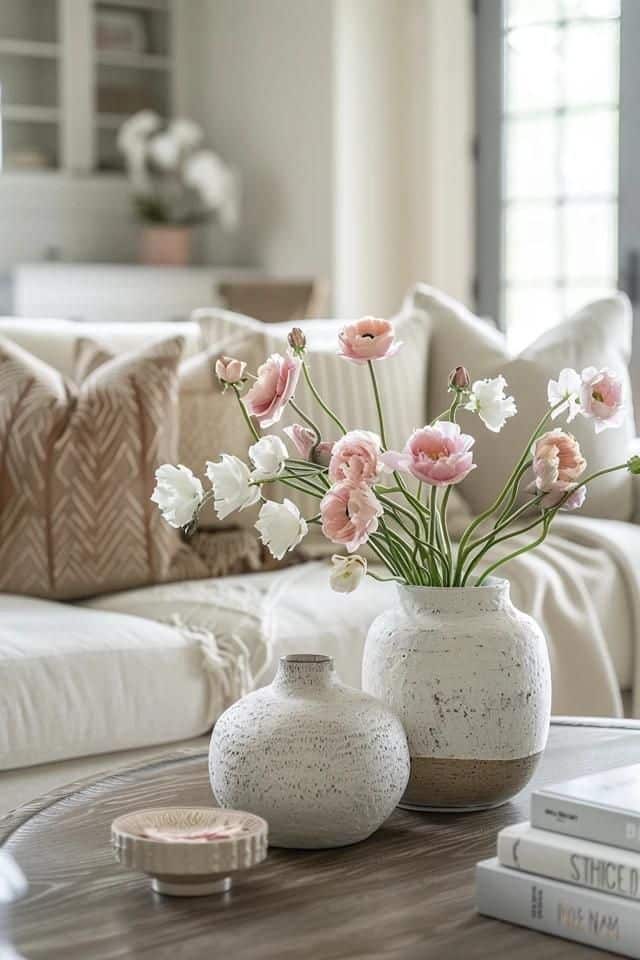
Color affects the mood of any room. Soft neutrals like beige, gray, or white make spaces look larger and brighter. Bold colors such as deep blue or forest green add richness and warmth but work best when balanced with lighter tones.
To create harmony, use a simple palette of three to four colors. One color can be dominant while the others serve as accents. This keeps the look clean and coordinated.
Using different shades of the same color in furniture, walls, and textiles also helps a room feel connected. It’s important to think about the room’s function—calm colors suit bedrooms, while lively colors fit kitchens or playrooms.
Accessorizing With Style
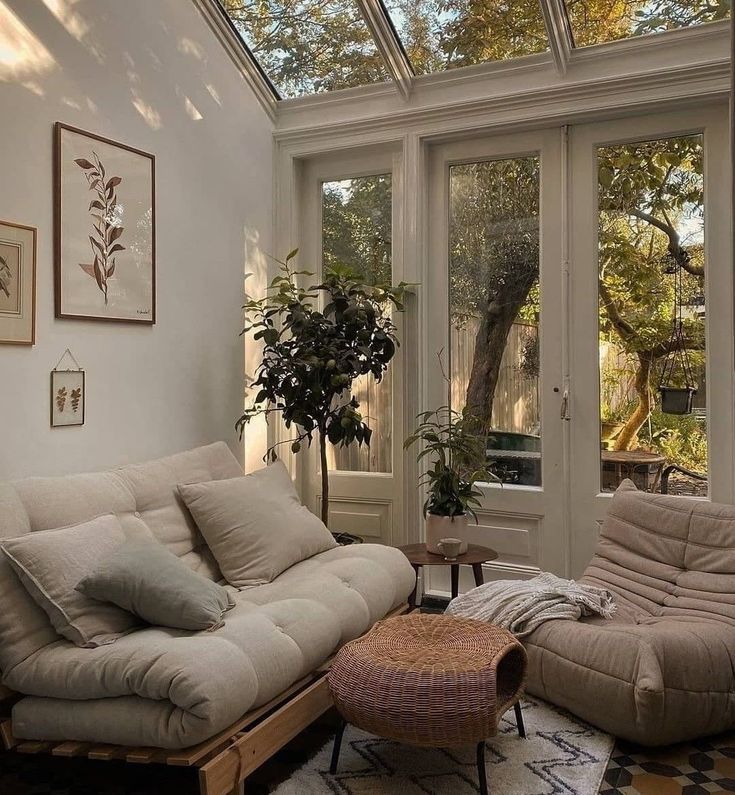
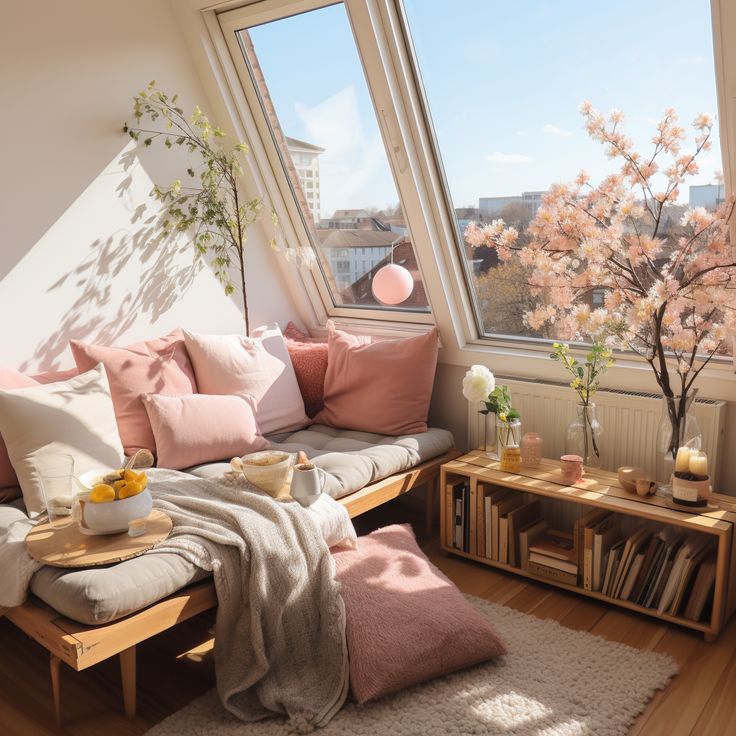
Accessories bring personality and interest to a room. Items like artwork, rugs, pillows, and lamps can brighten plain spaces. Picking pieces that match the room’s color scheme ties everything together.
It’s best to avoid clutter. A few well-chosen items will enhance the space without overwhelming it. Grouping similar objects or using matching frames and patterns creates a cohesive look.
Mixing textures—such as metal, wood, and fabric—adds depth and keeps the eye moving around the room. Personal touches, like family photos or travel souvenirs, make the space feel lived in and unique.
Bringing Nature Indoors
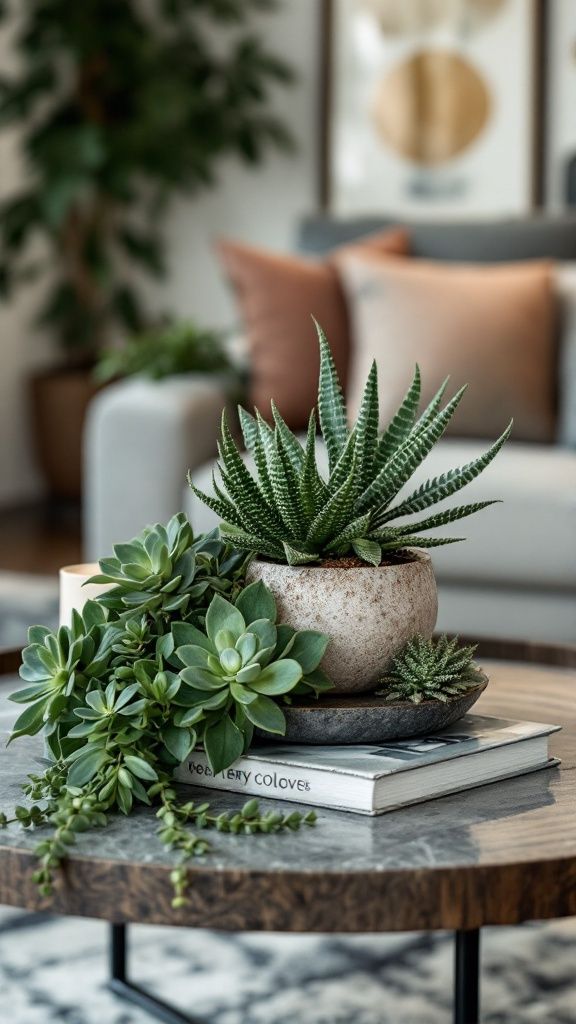
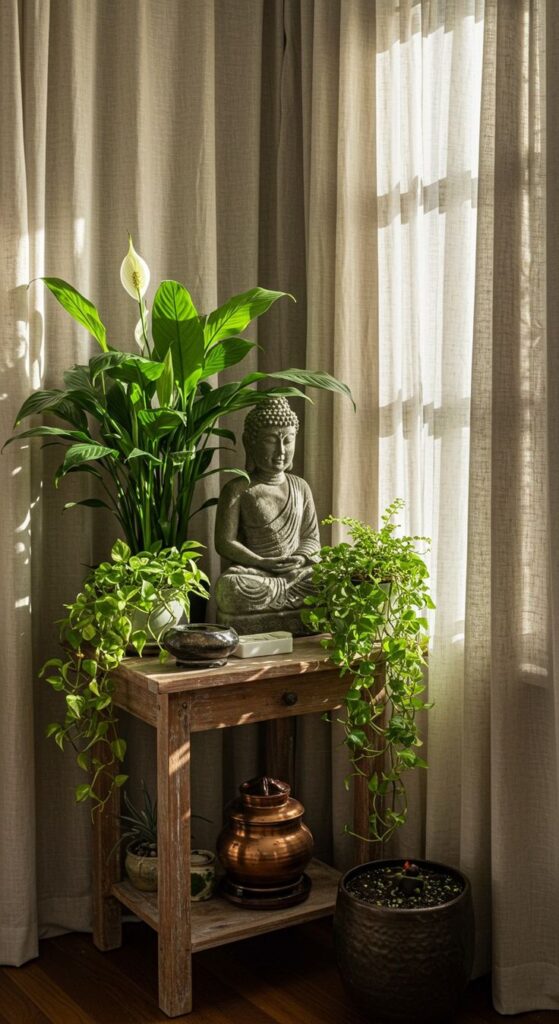
Plants improve air quality and bring color and life into a home. Easy-to-care-for options like snake plants, pothos, or succulents fit almost any space.
Using planters that match the room’s style—ceramic, wicker, or metal—makes plants part of the decor. Grouping plants on shelves or windowsills creates a small indoor garden effect.
Natural materials such as wood furniture, stone accents, or woven baskets enhance the connection to nature. Fresh flowers add seasonal color and a pleasant scent.
Plants and natural textures help create a calm, inviting atmosphere in every room.
Long-Term Order and Upkeep Strategies
Maintaining a tidy and beautiful home means creating routines that work well over time. This involves regularly sorting through belongings, using smart storage, and setting aside time to clean deeply as the seasons change.
Decluttering Methods

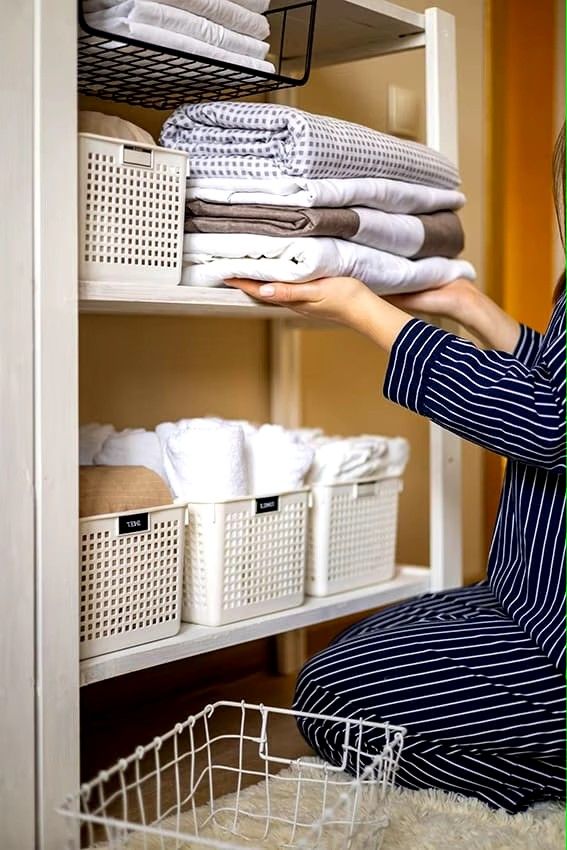
Decluttering starts with sorting items into clear categories: keep, donate, or toss. It helps to tackle one room or area at a time to avoid feeling overwhelmed.
He or she should set small daily goals like clearing a drawer or shelf. This steady approach prevents clutter from piling up. Using boxes or bins labeled by category can speed up sorting.
If an item hasn’t been used in six months or it doesn’t add value, it’s usually best to part with it. Regularly reassessing belongings stops clutter from returning and keeps the home feeling open and fresh.
Storage Solutions That Work
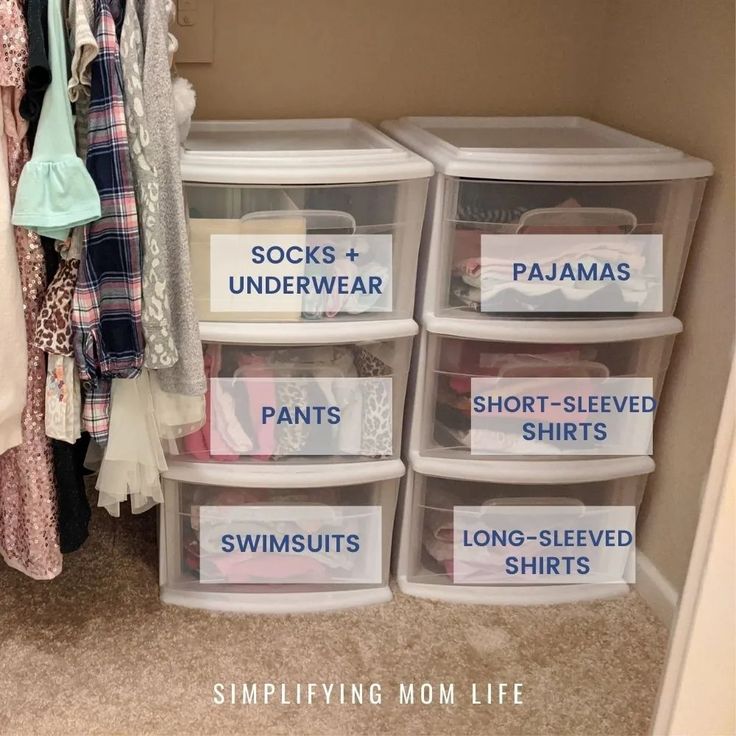

Good storage is key to daily order. Using clear bins, drawer dividers, and shelves helps keep items visible and easy to reach. Labeling storage containers saves time and reduces mess.
He or she should consider vertical storage to use wall space, like hooks for coats or shelves for books and decorations. Furniture with built-in storage, such as ottomans or beds with drawers, maximizes space without cluttering rooms.
Keeping frequently used items at eye level and less-used things higher or lower ensures the home stays organized without much effort.
Seasonal Deep Cleaning Tips

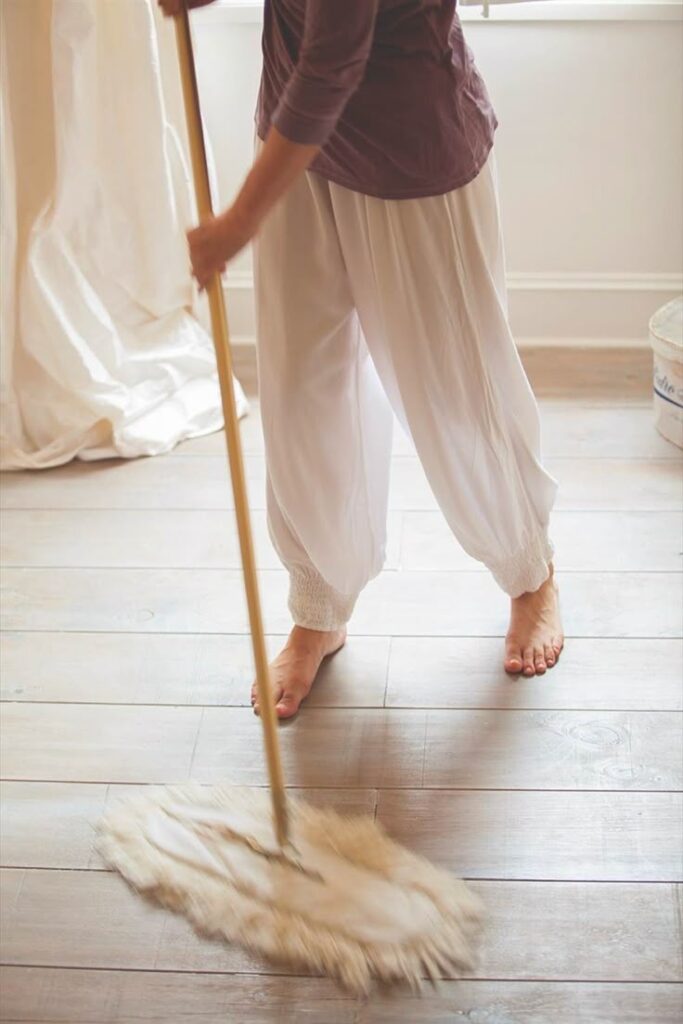
Deep cleaning every few months tackles hidden dirt and wear. It’s best to focus on different areas each season.
For instance, spring can be for washing windows, cleaning vents, and vacuuming under furniture. Fall is ideal for checking and replacing HVAC filters, cleaning gutters, and inspecting smoke detectors.
A checklist helps break down tasks into manageable steps. Spending an hour or two per session keeps deep cleaning from feeling overwhelming. He or she will find the home looks and feels fresher with this routine.
- 10shares
- Facebook0
- Pinterest10
- Twitter0


